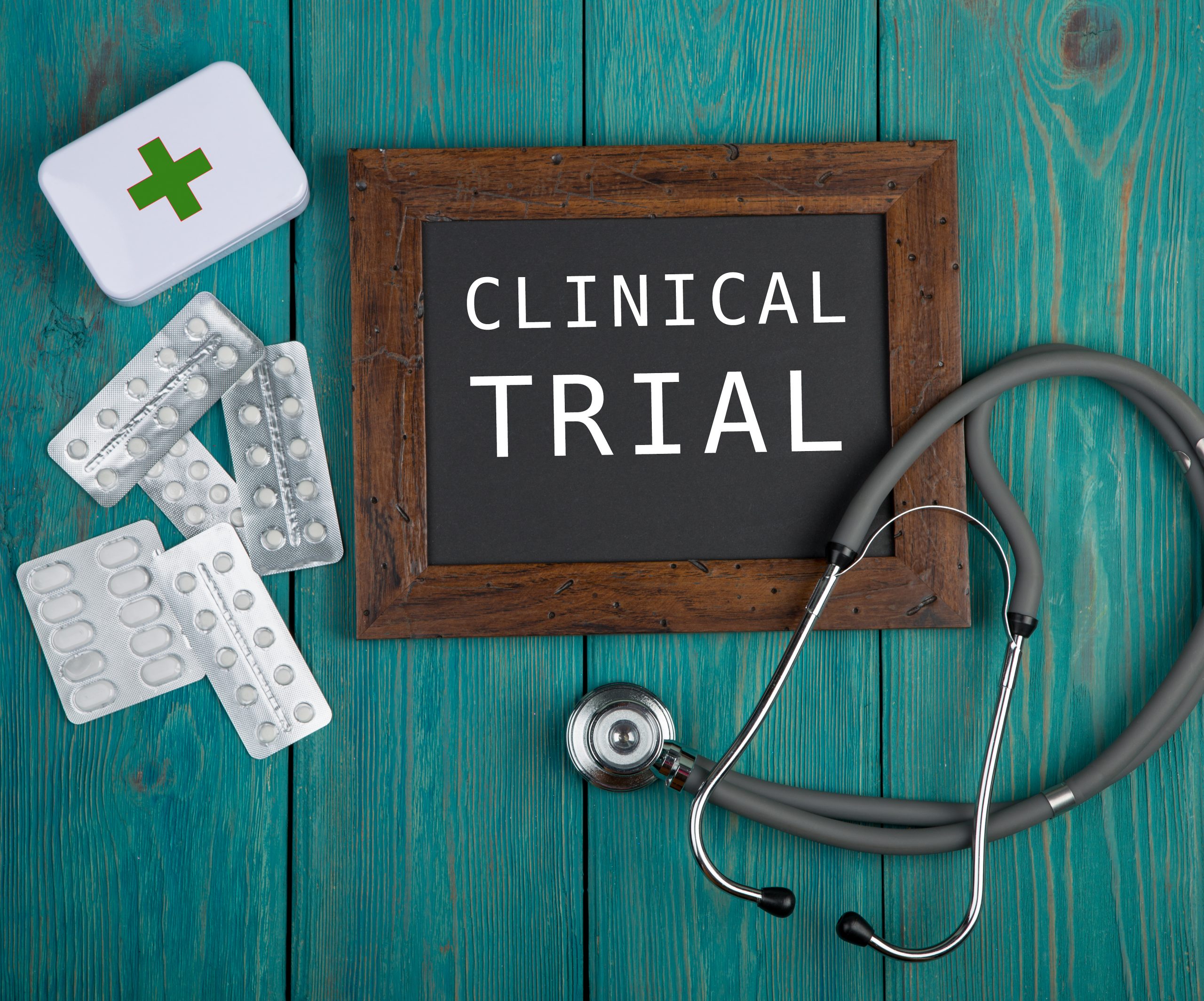Trial Will Assess Safety, Efficacy of New DBS Feature for Percept PC Device

Medtronic has launched a clinical trial to assess the safety and efficacy of adaptive deep brain stimulation, or aDBS, an investigational feature of its Percept PC Neurostimulator device, in people with Parkinson’s disease.
Unlike conventional continuous deep brain stimulation, known as cDBS — in which electrical signals used for brain stimulation must be manually adjusted to suit the needs of each patient — aDBS allows these signals to be automatically adjusted to ease patients’ symptoms, based on their individual responses during therapy sessions.
If positive, data from this trial, called ADAPT-PD (NCT04547712), may allow this experimental feature to be permanently enabled in the company’s Percept PC device for people with Parkinson’s disease.
This device, which was approved in the U.S. last year, was the first DBS system to be able to sense and record patient brain signals during therapy sessions. That was possible due to its BrainSense technology, which allowed clinicians to more precisely adjust treatment to suit patients’ needs.
“Percept PC was developed with a significant amount of capabilities built into its system,” Mike Daly, vice president and general manager of the Brain Modulation business, which is part of the restorative therapies group at Medtronic, said in a press release.
“We see this technology evolving to deliver even more value over time,” Daly said. “The recently initiated ADAPT-PD is the first trial to gather clinical evidence to unlock those capabilities.”
Daly said researchers are seeking to determine if stimulation adjusted based on patient need “could reduce total power output and possibly extend the life” of the Percept PC device.
ADAPT-PD aims to enroll 36 Parkinson’s patients, ages 18 and older, at 12 clinical sites across the U.S., Canada, and Europe. The study already has started recruiting participants, with the first patient enrolled at the Stanford Movement Disorders Center, in California.
More information about recruiting sites and trial contacts is expected to become available here.
At the beginning of the study, participants will be treated with cDBS and then randomly assigned to receive one of two aDBS treatment regimens based on different algorithms, which will be administered through Medtronic’s Percept PC DBS system. Participants will be monitored for a period of 15 months.
The main goal is to compare the effects of aDBS and cDBS on the duration of “on” time periods without troublesome dyskinesia, or involuntary movements, based on patient diaries. “On” time periods refer to periods of time in which patients’ motor symptoms are kept at bay by certain therapies.
Medtronic is one of the pioneers of DBS, a well-established surgical treatment for Parkinson’s that uses a small pacemaker-like device placed under the skin of the chest or abdomen. The device sends electrical signals to stimulate specific regions of the brain involved in movement control. This form of treatment is usually used to treat tremors, bradykinesia (slowness of movement), and stiffness in patients in whom pharmacological treatments are no longer effective.
The company’s investigational aDBS technology may potentially surpass conventional DBS and be adopted as a personalized DBS treatment, due to its unique ability to automatically respond and adjust to each patient’s brain activity signals.
“aDBS technology will allow DBS to be responsive in real-time, communicating with the patient’s brain, as needed — which could reduce the amount of programming burden on a clinician,” said Andrea Kühn, head of movement disorders and neuromodulation at Charité University Hospital in Berlin. Kühn’s team implanted Medtronic’s Percept PC device in the first patient treated with the technology.






